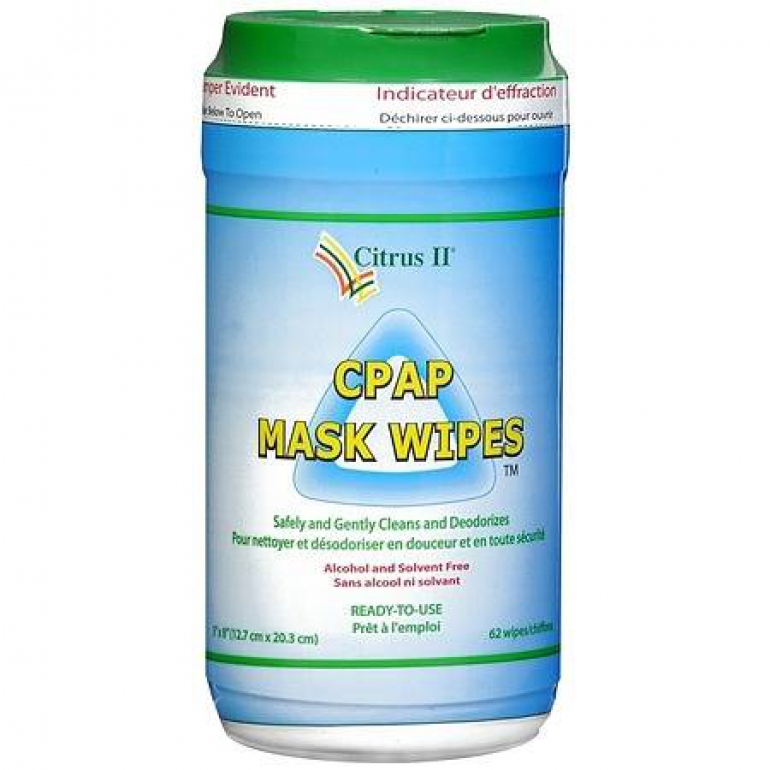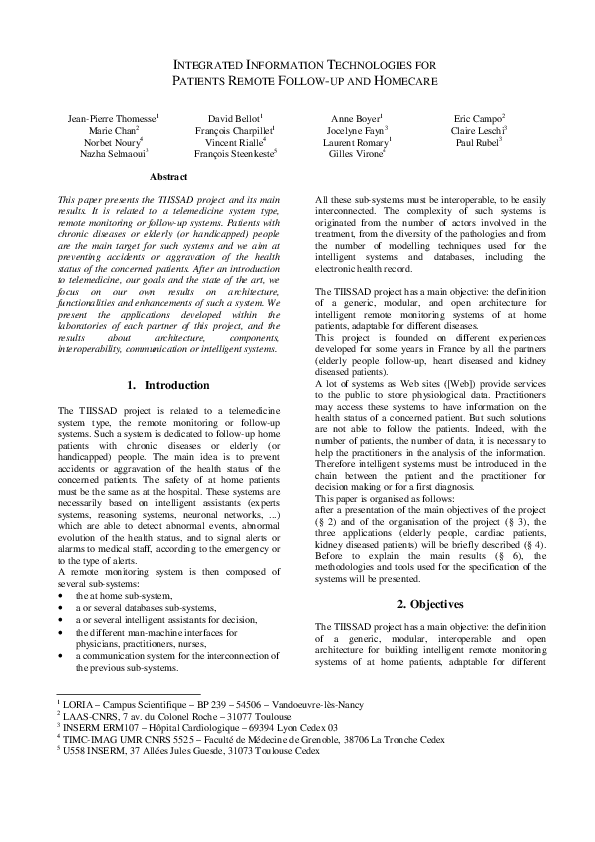Table of Content
Struggling hospitals that convert themselves to rural emergency hospitals will receive monthly payments of $272,866, with increases based on inflation each year. They will also receive higher Medicare reimbursements than larger hospitals. When nursing homes close, they must move residents to other facilities, often creating strain on the residents in transit. Moving residents with medical or mental conditions requires specialized attention and care.

Providers will be notified by the department when the codes have been activated. In addition, a registered nurse may be reimbursed when receiving patient data by means of Remote Patient Monitoring . Medicaid payment policy for telehealth services can be found in the March 2015 Medicaid Update. The Department is in the process of drafting regulations to implement the recently enacted telehealth parity law. At this time, the New York State Medicaid Collaborative Care Program is not accepting new practices.
Consequences of Nursing Home Closures
Shelby Hallan, a registered nurse, worked with Alison Zeller, a physical therapist, to help patient Jack Sides stand up in his room at Cascade. Medical staff members organize supplies in a patient room used for storage. As a new generation of people enter into old-age, many are spending their last decades in nursing homes. The nursing home establishment promises a higher and safer standard of living than those one might have at home alone, but this standard is at risk because the establishments themselves are at risk.

A licensed or certified provider is part of DSRIP Project 3.a.i if it is responsible for implementing one of the Project´s models as identified in the PPS´s implementation plan (i.e, Model 1 , Model 2 , Model 3 ). The provider does not need to submit an application to add services as long as the number of visits does not exceed the applicable Licensure Thresholds (non-DSRIP). Licensure Thresholds are not currently applicable for substance use disorder services; OASAS certification is required if a clinic licensed by DOH or OMH wishes to provide any substance use disorder services. All involved agencies continue to explore strategies to assist providers in implementing "true" integration while maintaining compliance with federal law and regulations. However, Federal confidentiality requirements contained in 42 CFR Part 2 continue to apply to SUD treatment records and information unless exception provided under the federal law/regulations are met.
Share this article
A provider who provides substance use disorder treatment under any of the integrated services models, including the integrated outpatient services regulations, must comply with these rules. Accordingly, a PHL Article 28 or MHL Article 31 licensed provider that adds substance use disorder services must comply with 42 CFR Part 2. An OASAS certified provider that has been approved to add mental health services under 14 NYCRR 825 can bill for substance use disorder services provided by a licensed clinical social worker or licensed master social worker. Staff leasing agreements may be used to help facilitate the provision of integrated care. For example, a clinic licensed by DOH pursuant to PHL Article 28 that would like to provide mental health services could contract with a provider licensed by OMH pursuant to MHL Article 31 for clinical staff to furnish such services on its behalf.
The New York State Medicaid Program provides coverage for services delivered via telehealth in some settings and by some provider types as described in FAQ #73 and FAQ #74. To obtain Medicaid reimbursement for services delivered via telehealth, a PHL Article 28 provider must comply with Medicaid policy and billing guidance. "Telepsychiatry" is defined as the use of two-way real time-interactive audio and video equipment to provide and support clinical psychiatric care at a distance. Such services do not include a telephone conversation, electronic mail message or facsimile transmission between a clinic and a recipient, or a consultation between two professional or clinical staff. Participants in the New York State Medicaid Collaborative Care Program are primarily those that had participated in the Medical Home Demonstration Project and are Article 28 academic medical center- affiliated primary care practices.
DSRIP Program
HealthPartners will shutter its St. Paul-based home care unit, eliminating 70 jobs by Jan. 31 — its third round of layoffs in the last six weeks.

A narrative description of the proposed plan to notify residents, patients, next of kin, sponsors, staff and physicians of the closure plan. Include dates and times of meetings, if available at the time of submission of the proposed plan, so that DOH staff may attend if desired. A copy of the sample letter to the resident, resident's representative, family and staff should be provided with the closure plan. Letter should include a contact name and phone number in the event questions should arise.
Urgent Medical Device Recall:
No announcements or actions related to the proposed closure should be taken prior to receiving approval. We invite you to use our commenting platform to engage in insightful conversations about issues in our community. We might permanently block any user who abuses these conditions. Frederick Melo was once sued by a reader for $2 million but kept on writing.

DOH has been in discussions with CMS in regards to shared space, and we are hoping to release guidance for providers in the near future. Federal terms relevant for purposes of telepsychiatry reimbursement are "spoke" and "hub." The term "spoke" refers to the physical location of the patient during a telepsychiatric service. The term "hub" means the physical location of the practitioner during a telepsychiatry service. To constitute a reimbursable service, the patient must be physically present at the clinic in which he/she is already enrolled or is presenting for assessment (i.e., the "spoke").
Participating sites report 11 measures to the NYS OMH on a quarterly basis. In the Collaborative Care model, the Psychiatrist does not routinely see patients face to face. In the event that they do, this is separate from Collaborative Care and would be billed the same as any encounter with the Psychiatrist would normally. Yes, but only if the D&TC is correspondingly approved for “Certified Mental Health O/P” on its Article 28 operating certificate or is approved for “integration” under the Integrated Outpatient Services regulation. Otherwise, what is described would still require “separation” under existing constructs. As eligible providers take advantage of this approach, the state agencies will be able to assess the effectiveness of this approach is effective and decide whether to pursue its continuation, with any appropriate adjustments.

The legislation, which amended Public Health Law, Social Services Law, and Insurance Law, went into effect on January 1, 2016. Providers that integrate services under the DSRIP Project 3.a.i Licensure Threshold will only be able to use this approach for the life of the DSRIP program. As the end of DSRIP approaches, it is possible there will be alternative strategies, but this is unknown at this time. The PPS Lead's letter of support must include the specific site and services to be added, in addition to indicating this is part of the PPS' DSRIP Project 3.a.i.
Telemedicine (defined as the use of interactive audio and video technology to support real-time patient care) has been covered by Fee for Service Medicaid in specific settings and by specific provider types since September 2006. Coverage was expanded in February 2010, October 2011 and March 2015 to enable greater access to specific provider types in short supply across New York State. The benefit to IOS is that although a site may have multiple licenses, they are subject to the oversight of a single State agency. Please note providers must already be licensed or certified by more than one agency in order to participate in IOS. The New York State Medicaid Collaborative Care Program was set up to sustain the work of practices that had implemented Collaborative Care as a part of the DOH Hospital Medical Home Demonstration project which ended in 2014. The Medicaid program provides a monthly case rate payment per patient to practices that are enrolled in this program, as well as ongoing technical assistance and training to the sites.

As part of the NYS Medicaid Collaborative Care program, participating academic medical center-affiliated primary care practices offer care management services provided by psychiatrists, nurse practitioners, psychologists, LCSWs or LMSWs to patients diagnosed with depression . These patients are monitored on a monthly basis for up to 12 months. OMH is continually exploring options to expand the use of telepsychiatry. However, the agency seeks to do so in a manner that utilizes the technology to supplement, not supplant, the need for psychiatric services in areas where there is not only need but a shortage of psychiatry personnel.
My Services
All services rendered in a FQHC on the same day are covered under the PPS rate. One PPS rate can be billed for these distinct services on the same day. There is currently no waiver related to co-location/shared space. DOH, OMH, and OASAS will be releasing guidance for providers looking to enter into these arrangements in the future. Any site can implement the Collaborative Care model, but only sites that are part of the New York State Medicaid Collaborative Care program can receive the monthly case rate reimbursement. These sites that are part of this program have been actively providing Collaborative Care for depression in their practice for several years.

No comments:
Post a Comment